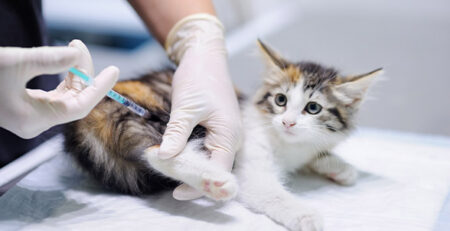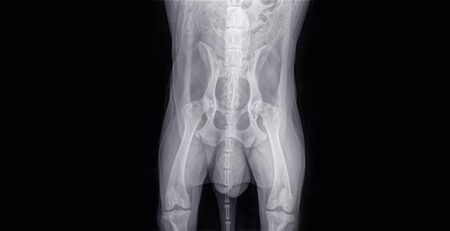Delight for our palate but our animals with chocolate risk poisoning
A food described as “heavenly,” chocolate was considered the food of the gods.
Legend has it, in fact, that the Aztec god Quetzalcoatl gave mortals the cocoa seed to make an energetic and exciting drink.
The cocoa plant, scientific name Theobroma cacao, has ancient origins and is native to South America.
First the Maya and later the Aztecs engaged in its cultivation and use for food.
It was then Christopher Columbus, returning from one of his voyages to America, who imported the seeds of the plant to Europe. The rest, from its origins to the present day, is well-known history.
Chocolate: a dessert of bitter surprises
Always a welcome gift, especially during the holidays, chocolate is the main ingredient in Easter eggs.
But beware of surprises!
Not so much the ones inside the egg as, rather, to the risks we expose our animals to when we lavish them with bits of chocolate.
The tasty treat, in fact, could prove lethal to our 4-legged darling.
In fact, chocolate poisoning can occur if ingested.
Chocolate poisoning: theobromine
Chocolate contains theobromine, a natural alkaloid.
A molecule that is harmless to the human body, it is responsible for even fatal intoxication when ingested by animals.
Theobromine, as well as the caffeine and theophylline found in coffee and tea, respectively, is an excitant of the nervous and cardiovascular systems, but it is also a diuretic and a vasodilator.
Chocolate poisoning caused by theobromine is a reaction caused by excessive concentration of the molecule in the body.
If for humans the side effects from chocolate binge are rather mild, for horses, dogs, cats, and other small animals, however, the consequences are far more risky and serious.
Why chocolate is deadly for dogs and cats
The culprit is undoubtedly cytochrome P450, which is the enzyme that metabolizes and degrades theobromine.
While in humans P450 works effectively and rapidly, in animals it acts more slowly.
In practical terms and making a comparison, if in humans after about 7 hours the concentration of theobromine in the blood is halved, in an animal’s body the same amount takes more than 17 hours causing an accumulation that is toxic.
Just 1.3 grams of chocolate per kilogram of weight is enough to cause symptoms of chocolate toxicity and poisoning in an animal.
Symptoms of chocolate poisoning in dogs and cats
Hoping that you did not intentionally make your pet eat chocolate and that your pet got it right under your nose by stealing a few unguarded pieces, below we list the resulting poisoning symptoms:
- Tachycardia
- Diarrhea including hemorrhagic
- Vomiting
- Increased body temperature
- Convulsions
- Wheezing
Remember: when you give chocolate to your pet you are not rewarding him, you are poisoning him!
What to do in case of chocolate poisoning
Prevention and caution are always the basis of everything.
In the case of accidental administration or ingestion of chocolate, at the onset of the first symptoms, it is vital to contact your trusted veterinarian, specifying immediately that chocolate intake has occurred.
This information is essential to enable him to make an immediate diagnosis and intervene appropriately.
The only and timely remedy to avert the consequences of chocolate ingestion is the induction of vomiting, but this intervention must be carried out by strictly adhering to the instructions received in real time from the Veterinary Physician.
In this regard, we would like to remind you that Clinica La Veterinaria is operational every day, weekdays and holidays, 24 hours a day and with First Aid service from 8 p.m. to 8 a.m.
For the joy of seeing them HAPPY.











